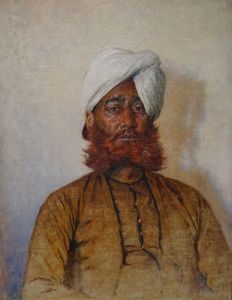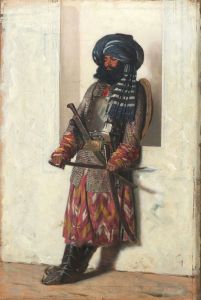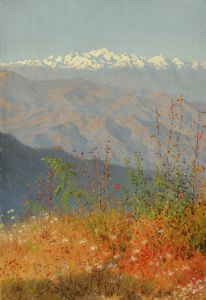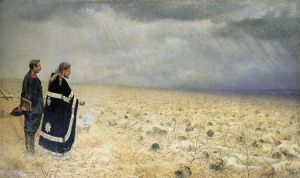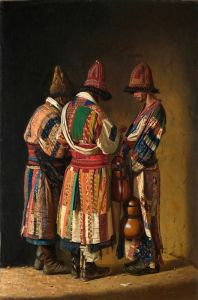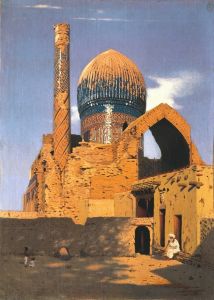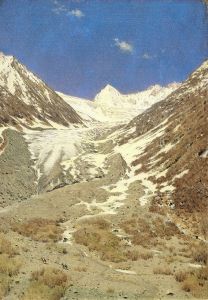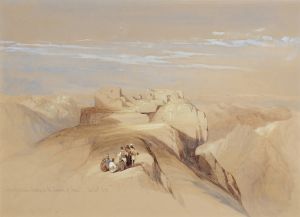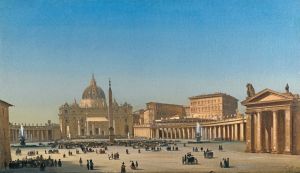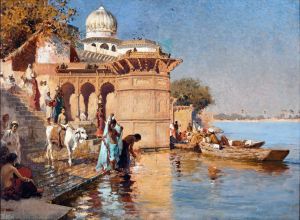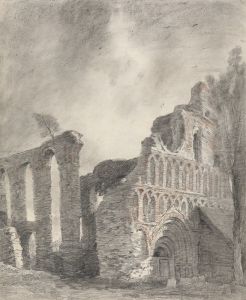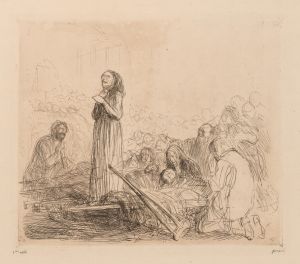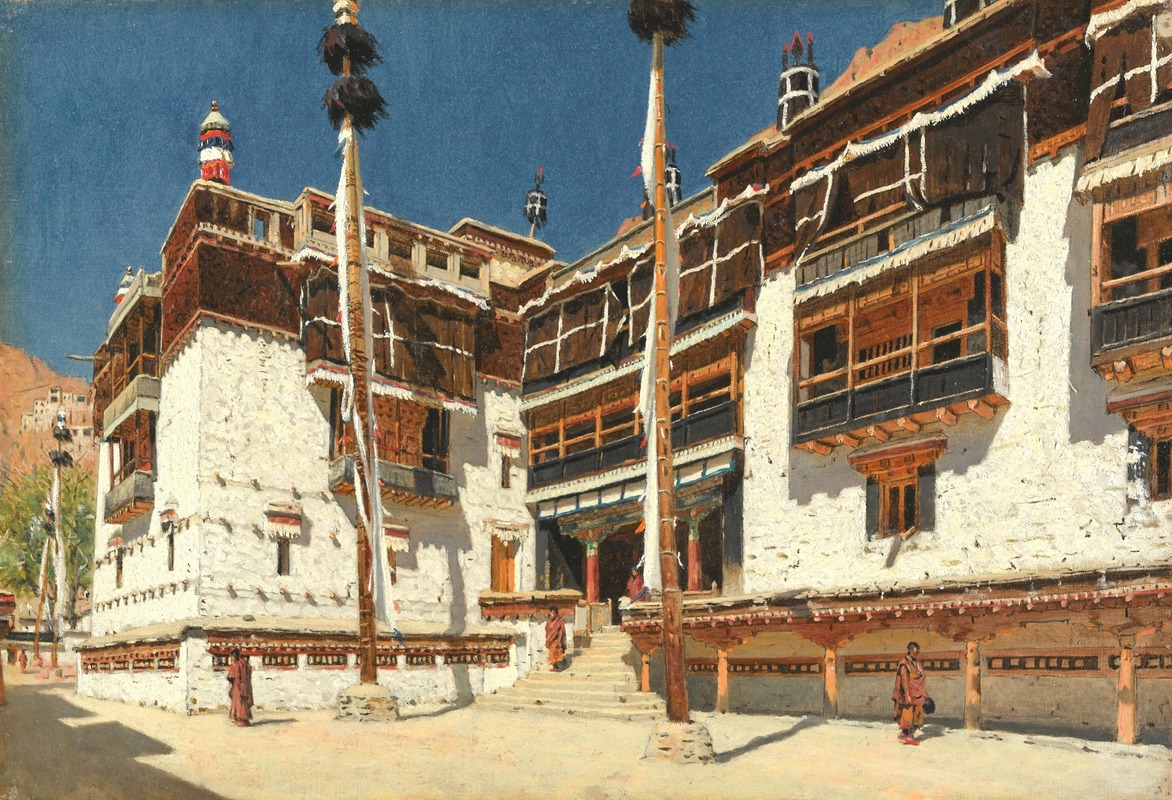
Hemis Monastery in Ladakh
A hand-painted replica of Vasily Vereshchagin’s masterpiece Hemis Monastery in Ladakh, meticulously crafted by professional artists to capture the true essence of the original. Each piece is created with museum-quality canvas and rare mineral pigments, carefully painted by experienced artists with delicate brushstrokes and rich, layered colors to perfectly recreate the texture of the original artwork. Unlike machine-printed reproductions, this hand-painted version brings the painting to life, infused with the artist’s emotions and skill in every stroke. Whether for personal collection or home decoration, it instantly elevates the artistic atmosphere of any space.
Vasily Vereshchagin was a renowned Russian war artist and traveler, known for his vivid and often controversial depictions of war and life in different cultures. Among his many works, "Hemis Monastery in Ladakh" stands out as a significant piece that captures the essence of the Hemis Monastery, a prominent Buddhist monastery located in the Ladakh region of India.
Hemis Monastery, also known as Hemis Gompa, is one of the largest and most important monasteries in Ladakh. It is situated approximately 45 kilometers southeast of Leh, the capital of Ladakh. The monastery belongs to the Drukpa Lineage, a branch of Tibetan Buddhism, and is renowned for its annual Hemis Festival, which celebrates the birth of Guru Padmasambhava, an important figure in Tibetan Buddhism.
Vereshchagin's painting of the Hemis Monastery reflects his interest in capturing the cultural and spiritual essence of the places he visited. His travels to Central Asia and the Indian subcontinent provided him with the opportunity to explore and document the diverse cultures and landscapes of these regions. The painting likely depicts the monastery's architecture, which is characterized by its traditional Tibetan style, featuring whitewashed walls, colorful prayer flags, and intricate woodwork.
The Hemis Monastery is set against the backdrop of the rugged and picturesque landscape of the Himalayas, which Vereshchagin might have captured in his work. The monastery complex includes several structures, such as the main assembly hall (Dukhang), temples, and residential quarters for the monks. The interiors of these buildings are often adorned with beautiful murals, thangkas (Tibetan Buddhist paintings on cloth), and statues of deities, which are integral to the spiritual practices conducted within the monastery.
Vereshchagin's artistic style is known for its attention to detail and realism, qualities that would have been evident in his depiction of Hemis Monastery. His works often convey a sense of immediacy and presence, inviting viewers to experience the scene as if they were there themselves. This approach aligns with his broader artistic philosophy, which sought to portray the truth of his subjects, whether they were scenes of war or serene landscapes.
While specific details about the painting "Hemis Monastery in Ladakh" by Vasily Vereshchagin are scarce, it is reasonable to assume that the work would have reflected his characteristic style and thematic interests. Vereshchagin's legacy as an artist is marked by his ability to transcend cultural boundaries and offer a window into the diverse worlds he encountered during his travels.
Overall, Vereshchagin's depiction of Hemis Monastery would have contributed to the broader understanding and appreciation of Ladakh's rich cultural heritage, as well as the spiritual significance of the monastery within the context of Tibetan Buddhism. His work remains a testament to the power of art to bridge cultural divides and foster a deeper understanding of the world's diverse traditions and histories.





